A bowl of patbingsu, a traditional Korean shaved ice dessert, topped with sweet red beans, glutinous rice cakes (tteok), condensed milk and roasted bean powder (injeolmi). (Source: Getty Images) |
On sweltering summer afternoons in Korea, nothing beats a bowl of bingsu, a refreshing dessert made from snow-smooth shaved ice topped with sweet red beans, fresh fruit, cheese, or even gold leaf.
From a rustic dish, bingsu has now become a culinary symbol of summer, with a variety of flavors and forms to satisfy all classes of diners.
From royal dishes to "national" delicacies
The history of bingsu is closely linked to the use and preservation of ice in Korea. Centuries ago, Koreans harvested ice from rivers in the winter and stored it in insulated ice warehouses for use in the summer. The most famous storage sites in Joseon-era Seoul were Seobinggo and Dongbinggo, located in present-day Yongsan District.
An illustration of a shaved ice shop published in the July 18, 1917, edition of the Maeil Sinbo newspaper. (Source: National Folk Museum of Korea) |
According to the “Gyeongguk Daejeon” (a law enacted during the reign of King Sejo in 1458), the distribution of ice was strictly controlled due to its scarcity. Only those with special certificates were allowed to receive ice, mainly the royal family and officials. Ice was used to chill food, desserts and preserve food during the summer.
By the late Joseon period, commercial production of ice made this precious ingredient more popular, contributing to the birth of bingsu – a shaved ice dessert originating from Japan that was introduced to Korea in the late 19th century.
Accordingly, one of the earliest documents mentioning bingsu is from the aristocrat Kim Gi-su, who went to Japan on diplomatic missions and recorded this dish in the book Ildonggiyu in 1877. He described bingsu as “a frozen syrup made by shaving ice very finely, mixed with egg yolks and sugar. The dish has a mountain-shaped shape, brilliant colors, and a cool, sweet taste.”
An ice shaving device from the 1960s. (Source: National Folk Museum of Korea) |
Bingsu has been popular in Seoul since the early 20th century. According to the Hwangseong Sinmun newspaper , in 1900 a bingsu shop opened in Jongno-gu. By 1921, the Donga Ilbo newspaper reported that Seoul had more than 400 bingsu shops. Byeolgeongon magazine also called bingsu an indispensable summer food and listed the most famous shops at that time.
One famous bingsu lover is Bang Jeong-hwan – the founder of Korean Children’s Day. According to Jeong Myeong-sup’s book Taste of Koreans , he can eat up to 10 bowls of bingsu a day in the summer.
Change with the times
Bingsu in the early 20th century was a far cry from today’s elaborate versions. According to author Jeong Myeong-sup, back then people simply shaved ice, put it in a bowl, and poured strawberry syrup or fruit over it. Patbingsu, the most popular bingsu today, with sweet red beans, rice cakes, condensed milk, and roasted bean powder, didn’t really take shape until the early 1970s.
This evolution reflects the unique taste of Koreans, who prefer chewy textures. Sweet red beans not only bring sweetness but also create a pleasant chewing sensation, gradually replacing the previously popular fruit syrups.
Illustration of bingsu flavors. (Source: Getty Images) |
Since the 1980s, bingsu has left the street carts and started appearing in bakeries. By the 1990s, restaurant chains introduced many versions of bingsu to suit new tastes, sometimes completely omitting red beans and replacing them with fresh fruit to please customers who do not like beans.
Today, bingsu variations are extremely rich. Patbingsu remains the traditional representative, while fruit bingsu often uses frozen milk instead of water and is topped with fruits such as Irwin mango (apple mango), strawberries, peaches, grapes, melons or watermelon. Black sesame bingsu (heugimja bingsu) uses roasted black sesame and sticky sesame rice cakes as toppings.
Dessert chain Sulbing has elevated bingsu to culinary art. New creations like bingsu in a melon skin with cheese and sour cream, or a Dubai chocolate bingsu with kadayif, pistachios and chocolate are causing a stir on social media.
Satisfying diners in all segments
The popularity of bingsu not only creates delicious desserts but also leads to a clear differentiation in price. In the high-end segment, luxury hotels have created luxurious bingsu dishes exclusively for the upper class.
Mango-apple bingsu served at The Shilla Seoul. (Source: Korea Times) |
The Shilla Seoul Hotel is famous for its Jeju mango apple bingsu, which costs up to 110,000 won (about $80). The Four Seasons Seoul Hotel also has a red bean bingsu for 89,000 won (about $65) and a Jeju mango version for 149,000 won (109). These dishes are not only desserts but also "virtual life props" sought after on social media.
However, the high price of the premium versions has been controversial. Some say it contributes to the widening gap between rich and poor in Korea. Others defend them, citing superior material quality and different customer segment positioning.
On the flip side, bingsu can still be a budget-friendly street food. Cup bingsu, a compact version for one person, is becoming increasingly popular, especially in Korea’s single-person population.
Coffee chains like Ediya Coffee sell bingsu for 6,300 won (over $4.50), while Mega Coffee offers patbingsu for just 4,400 won (over $3), which often sell out after becoming popular online.
A compact bingsu cup for one person at EDIYA Coffee. (Source: Instagram/EDIYA Coffee) |
From a rare royal dessert during the Joseon Dynasty, bingsu has transformed into a summer icon in Korean culinary culture. Whether it is the traditional red bean version or the modern gold leaf-covered variation, bingsu always maintains its appeal thanks to the combination of cool taste and the ability to adapt to consumer tastes.
In the heat of summer, a bowl of cool bingsu not only dispels the heat but also carries with it a layer of culture and long history of the land of kimchi.
Source: https://baoquocte.vn/bingsu-nhung-dieu-ban-chua-biet-ve-mon-dac-san-mua-he-duoc-ua-chuong-tai-han-quoc-320905.html


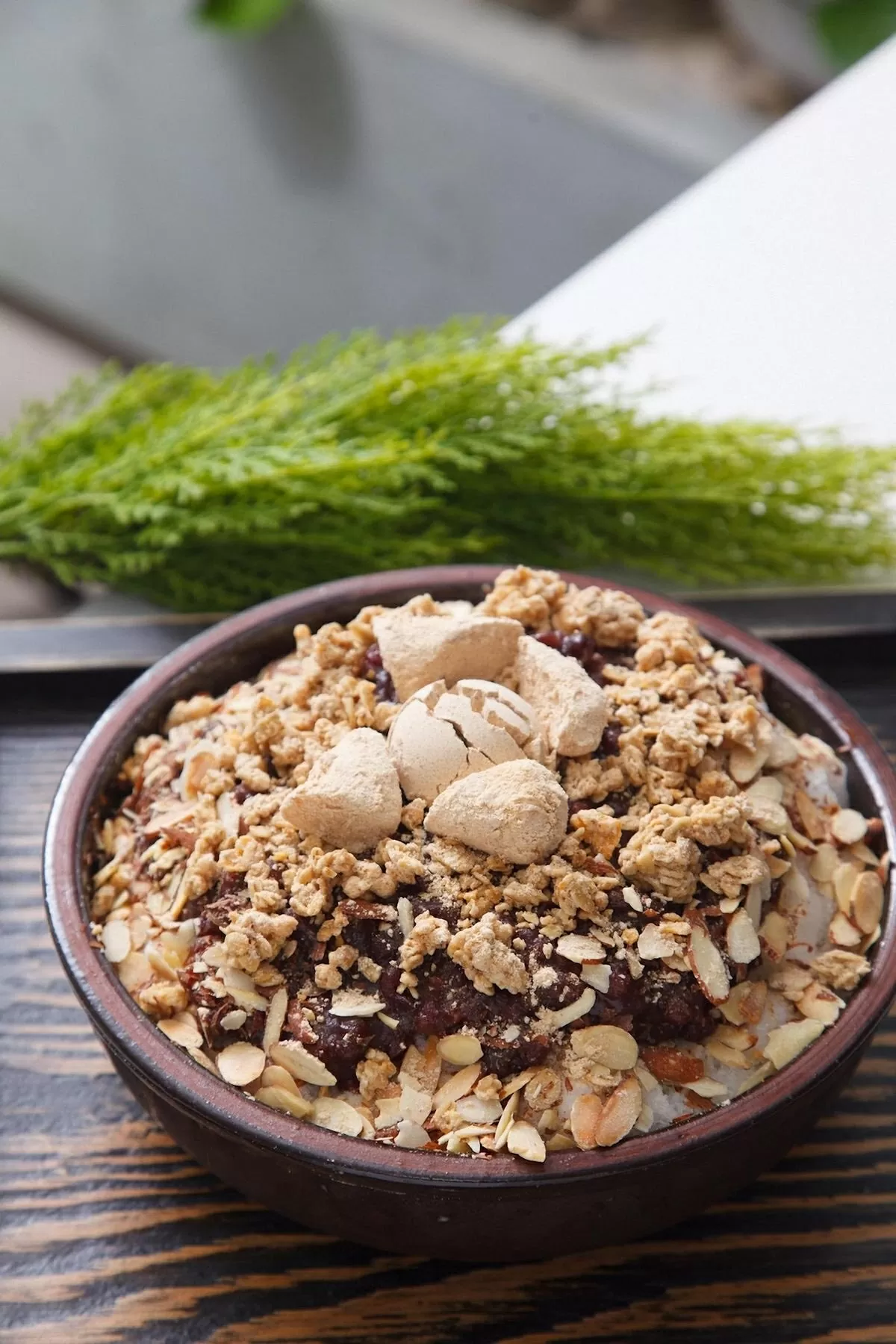
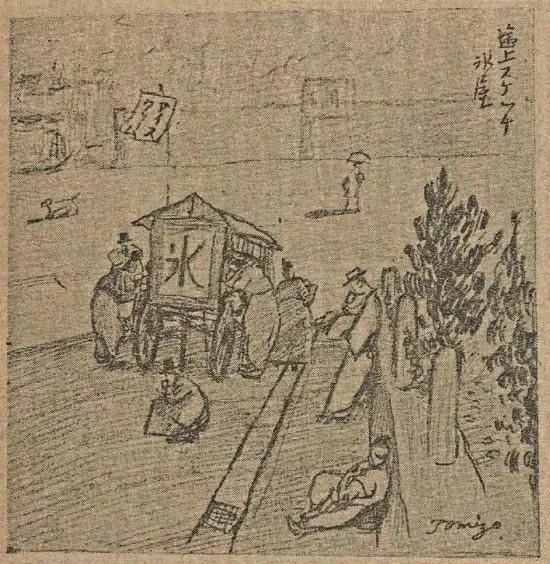
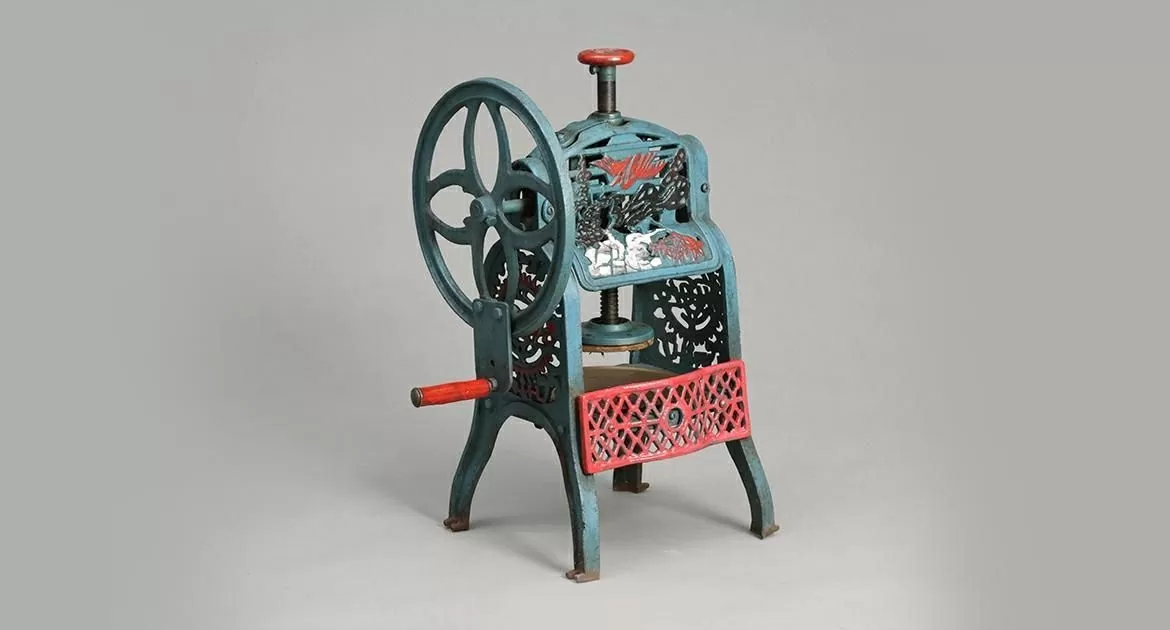
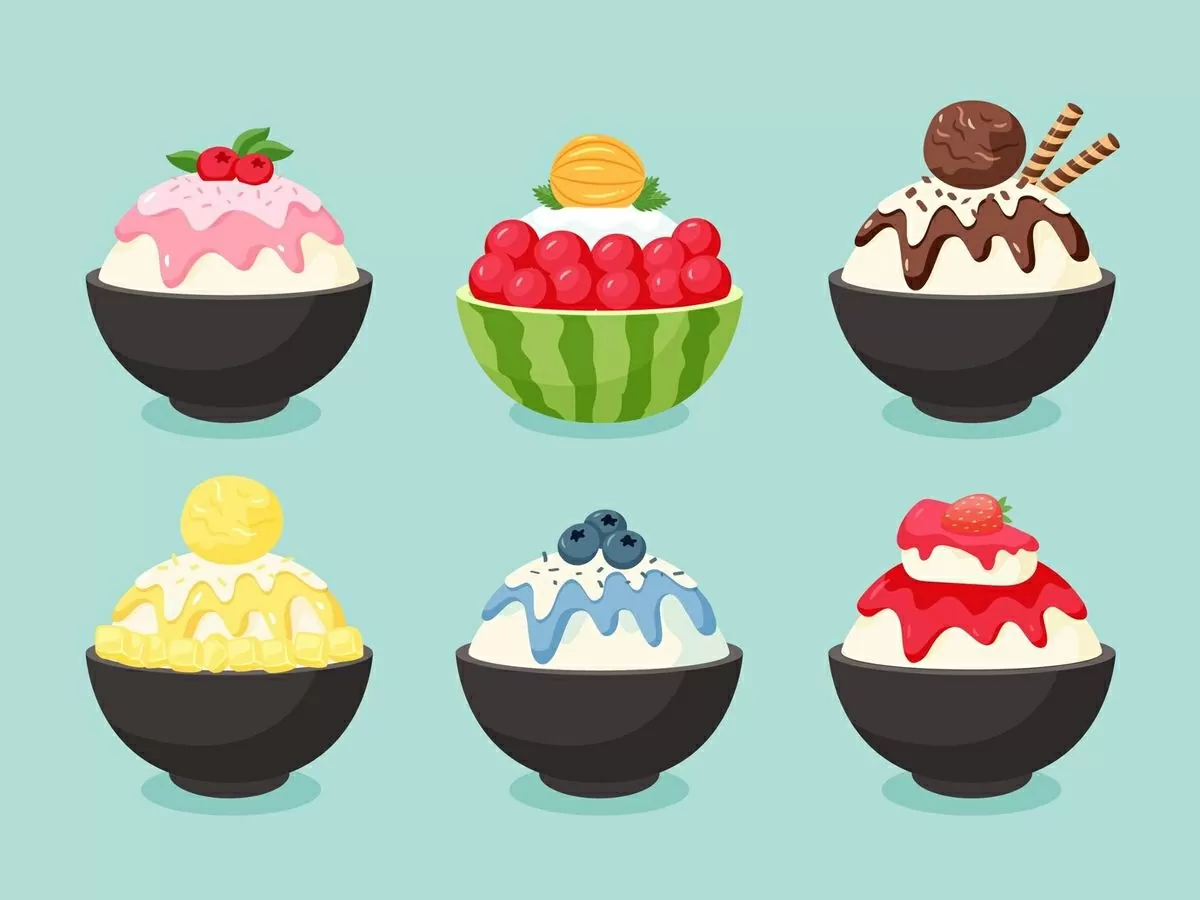
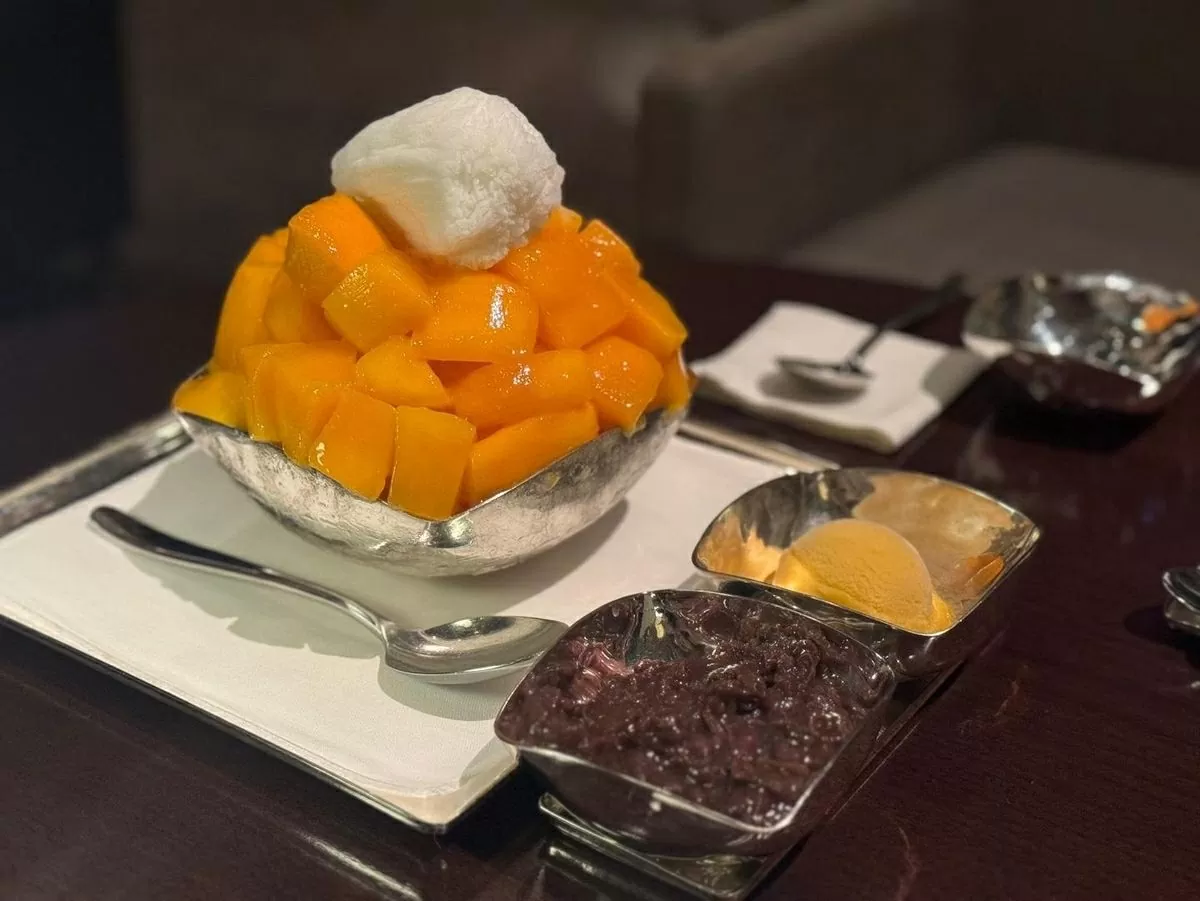
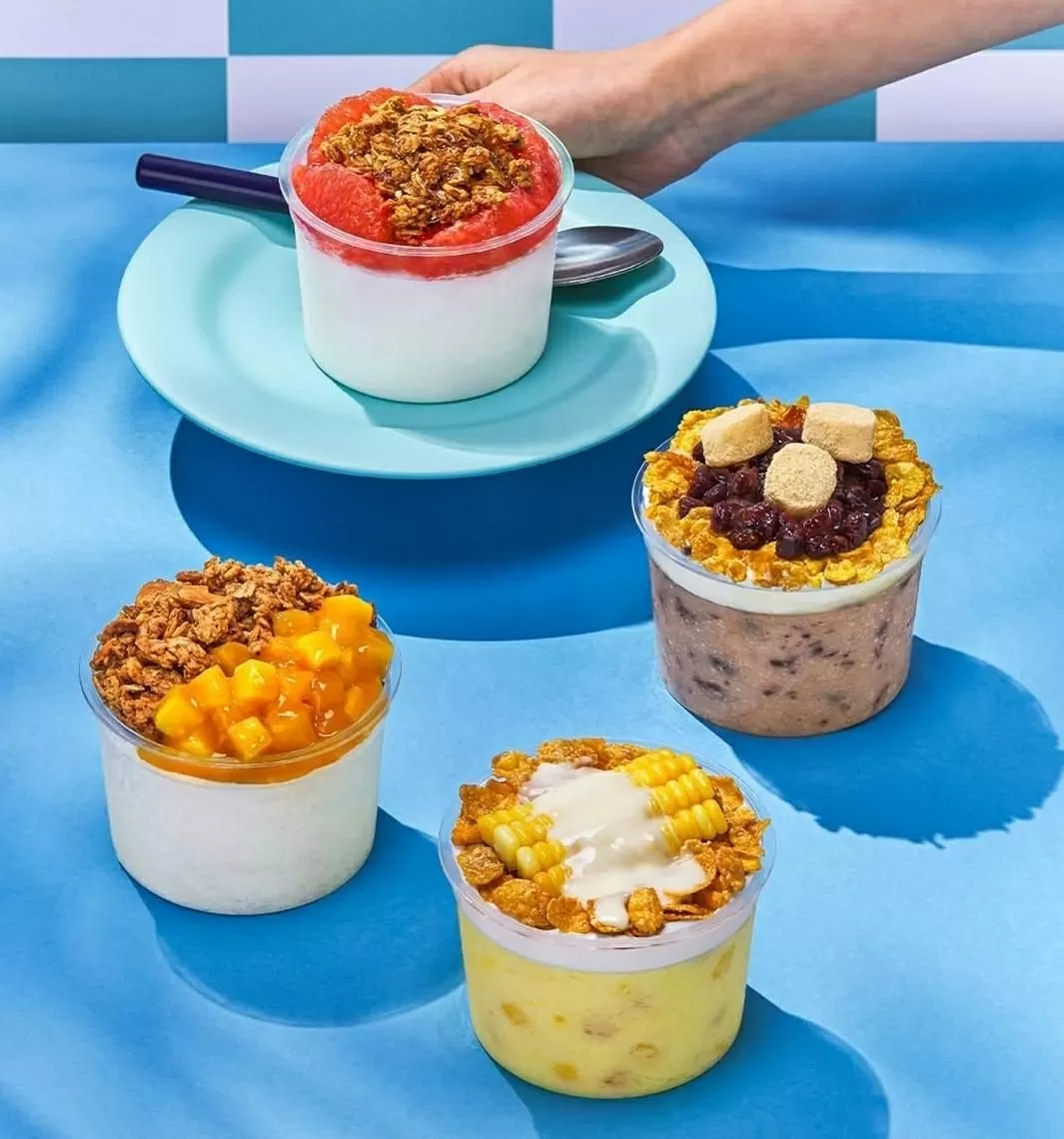

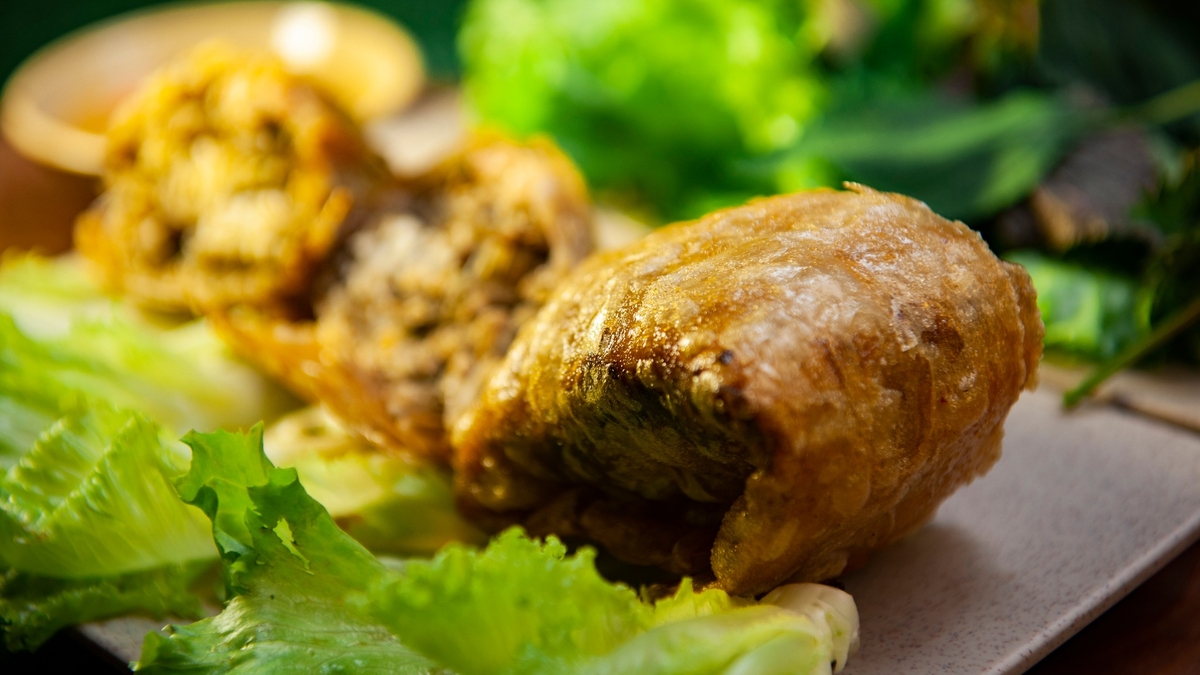
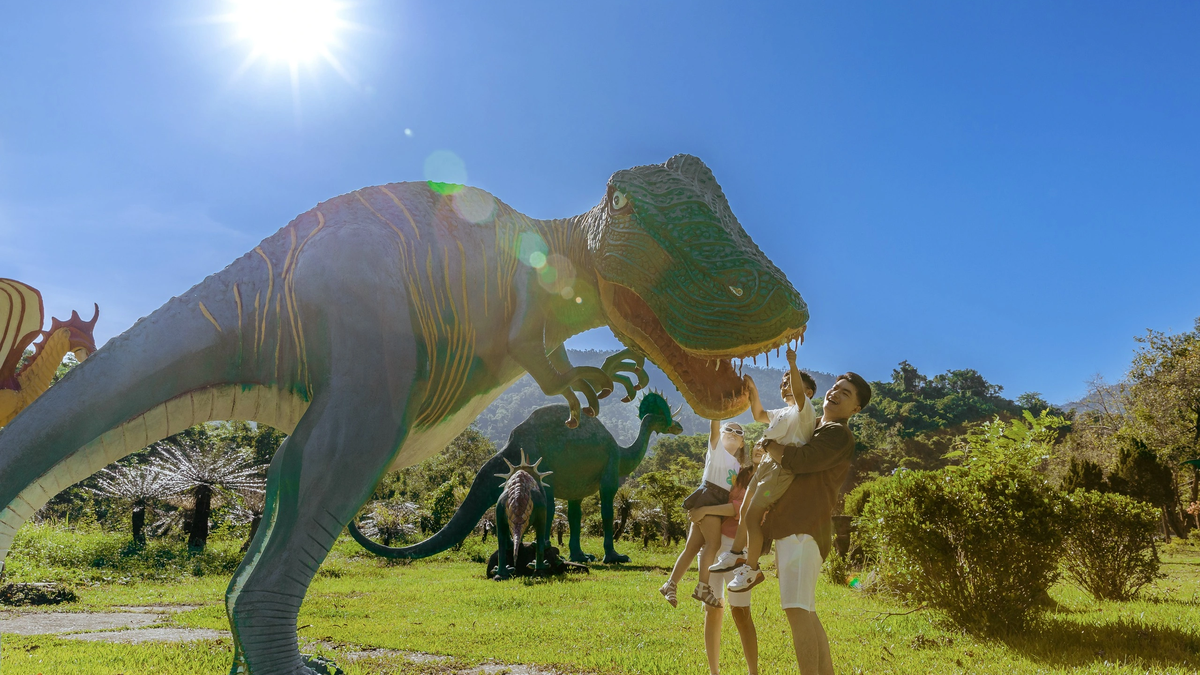
![[Photo] Closing ceremony of the 18th Congress of Hanoi Party Committee](https://vphoto.vietnam.vn/thumb/1200x675/vietnam/resource/IMAGE/2025/10/17/1760704850107_ndo_br_1-jpg.webp)

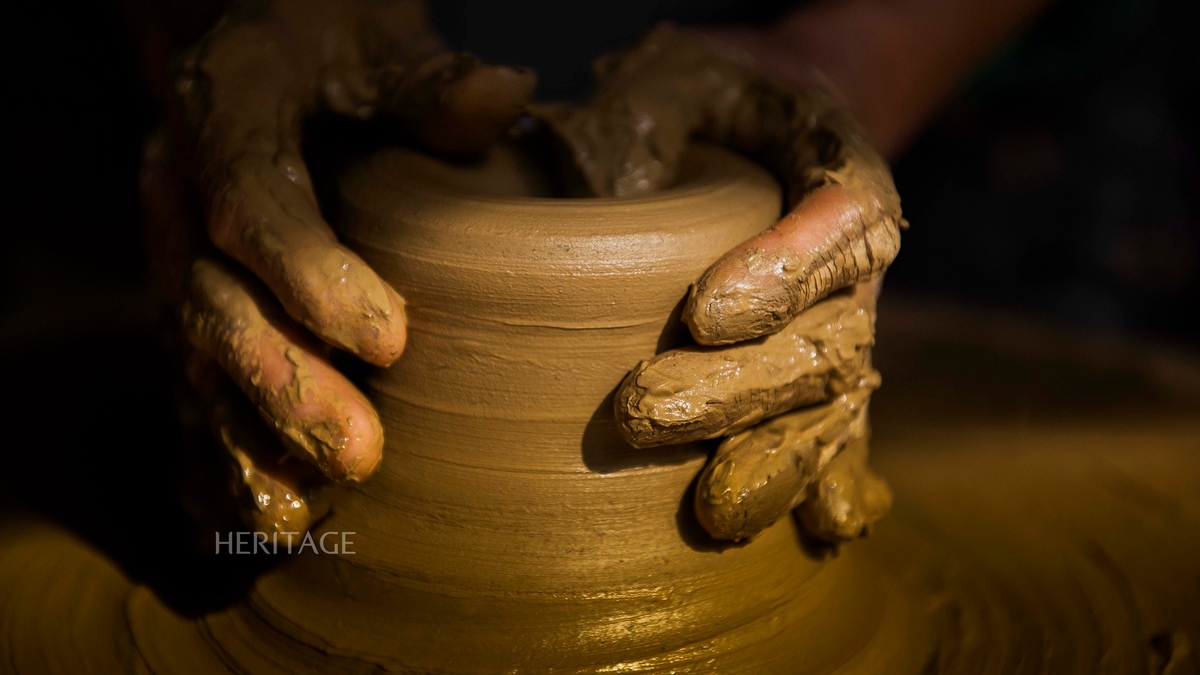


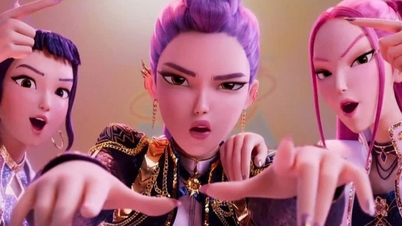

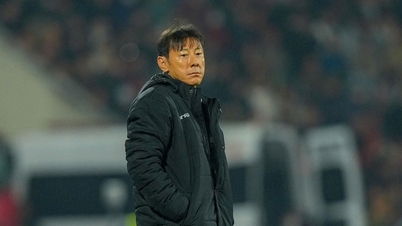

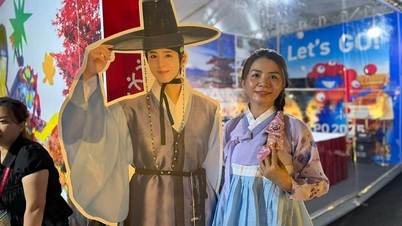




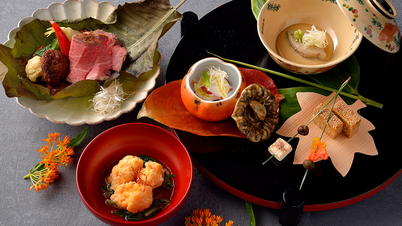



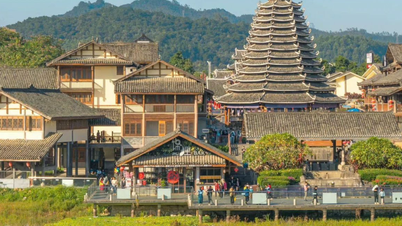
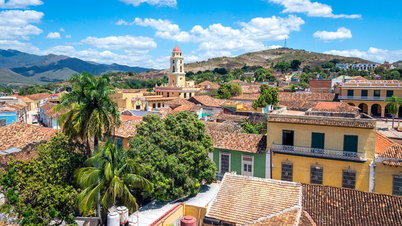




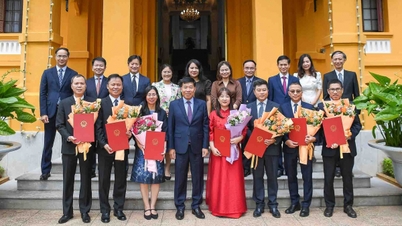
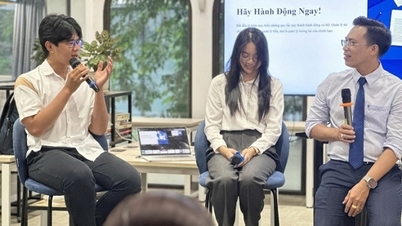

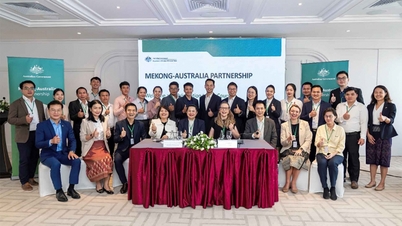
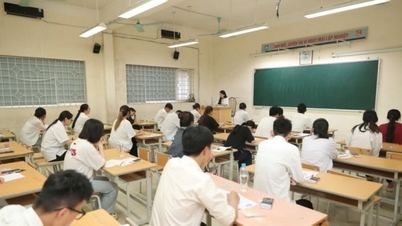
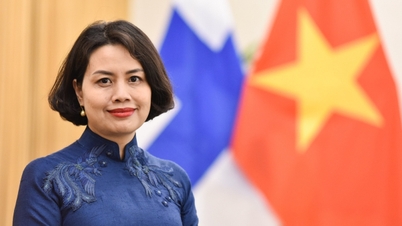
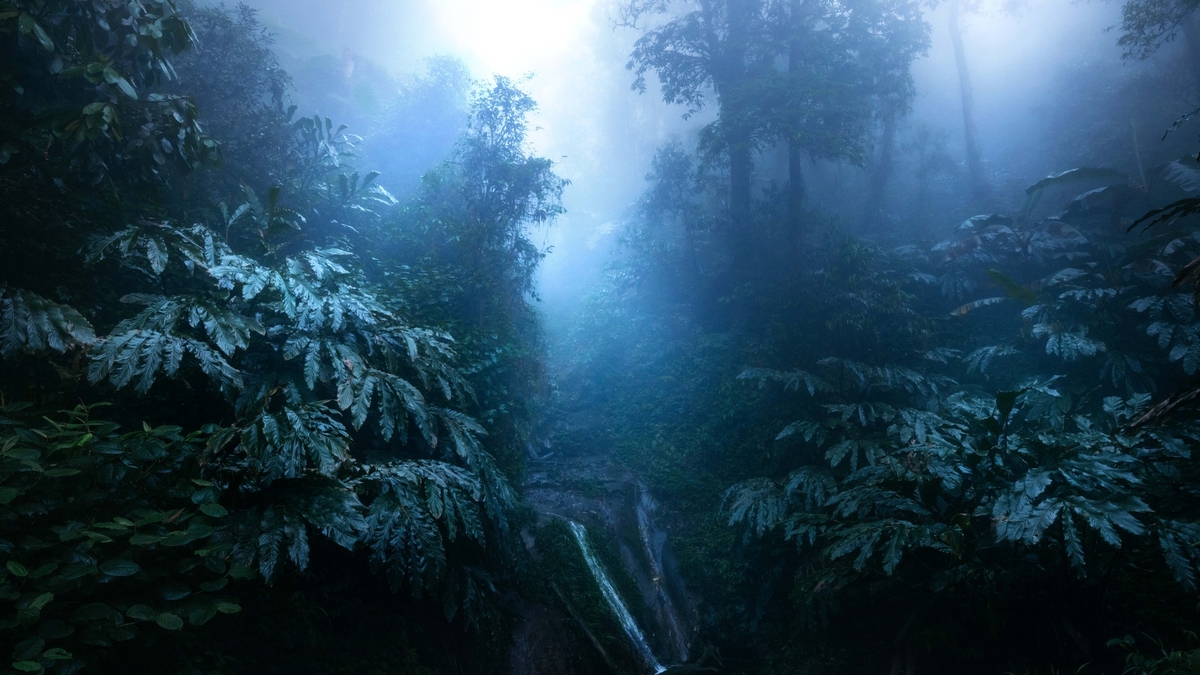
![[Photo] Nhan Dan Newspaper launches “Fatherland in the Heart: The Concert Film”](https://vphoto.vietnam.vn/thumb/1200x675/vietnam/resource/IMAGE/2025/10/16/1760622132545_thiet-ke-chua-co-ten-36-png.webp)
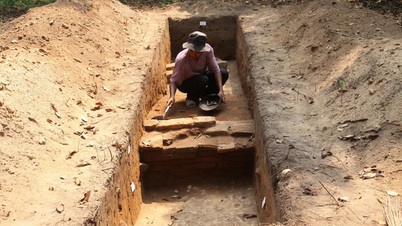
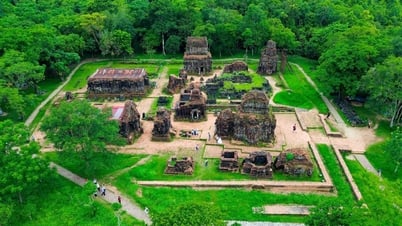

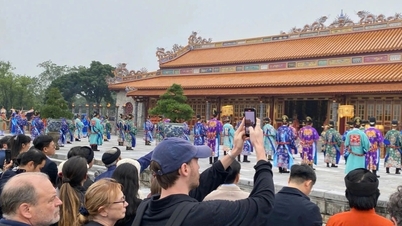


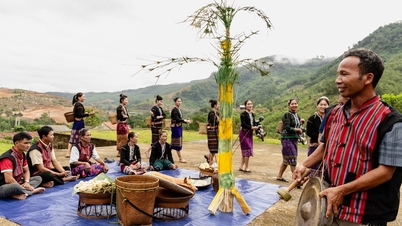





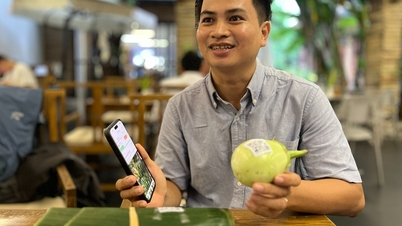



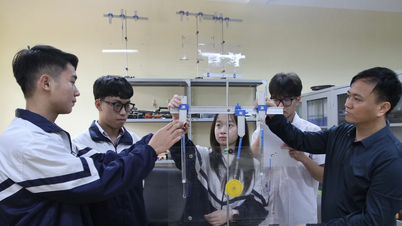

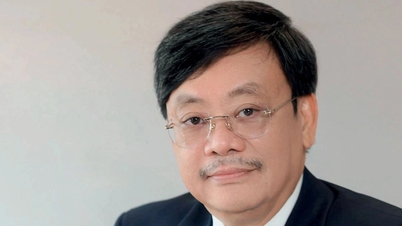

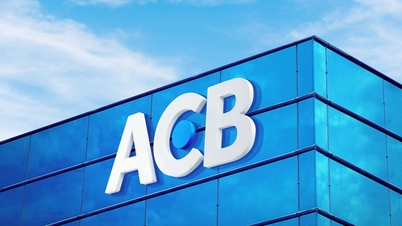

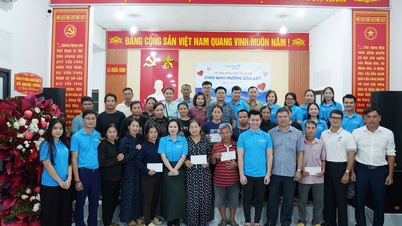
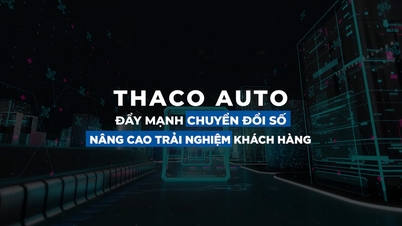

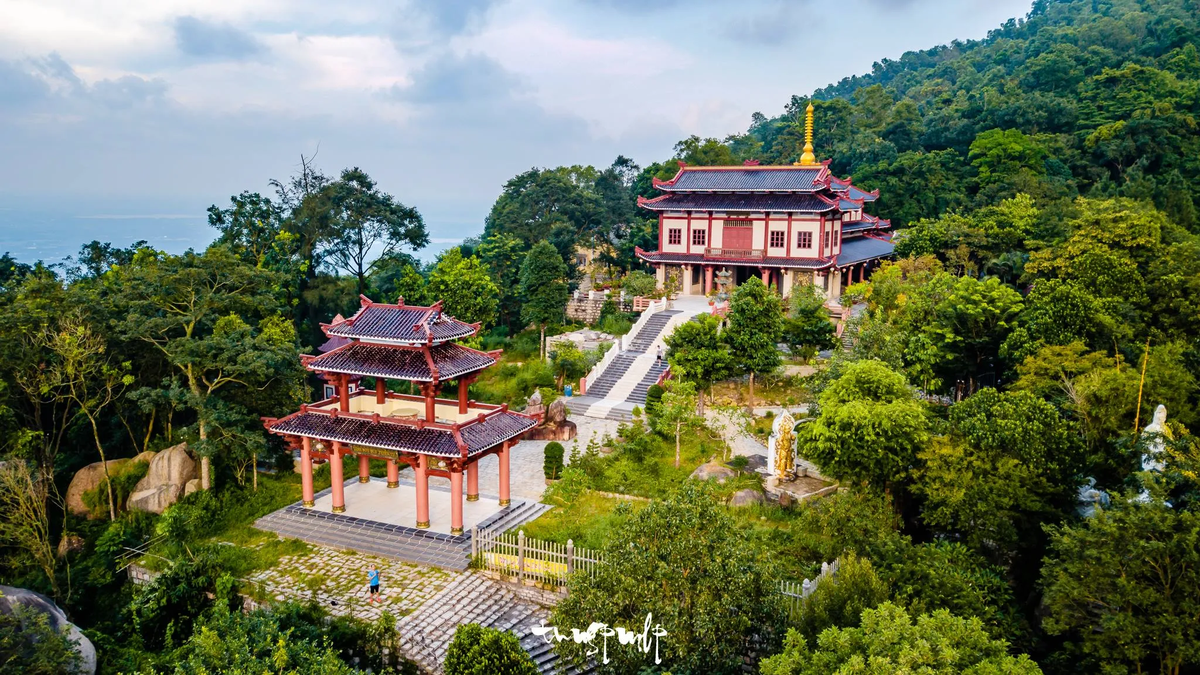
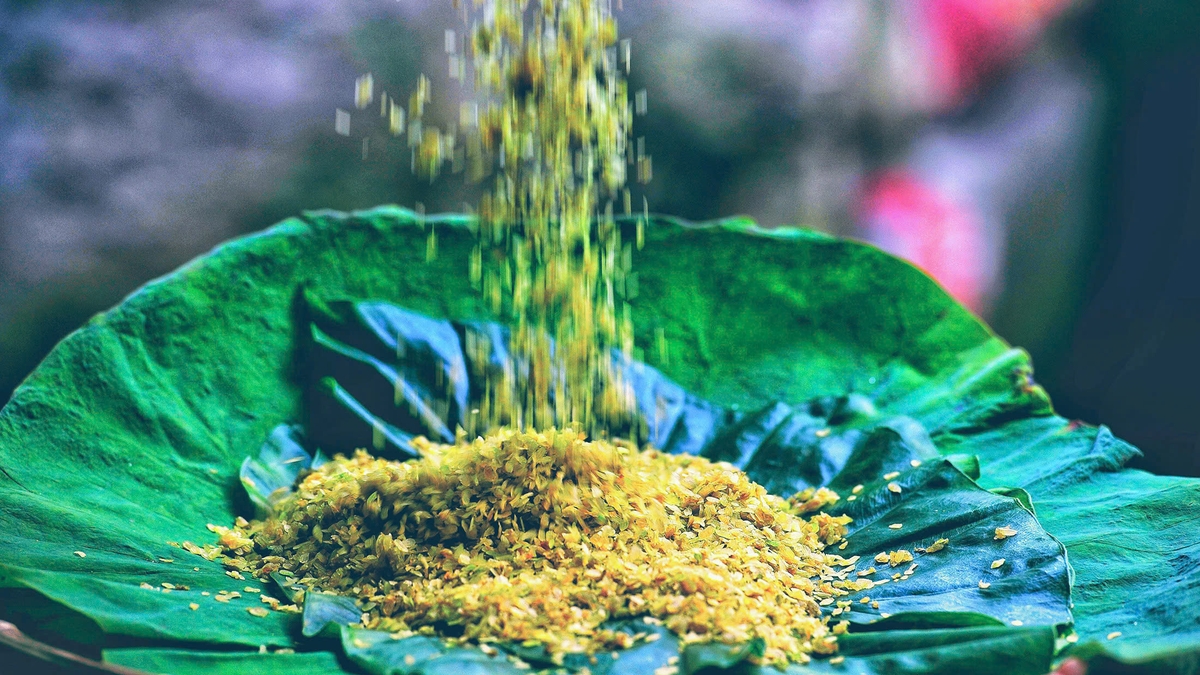
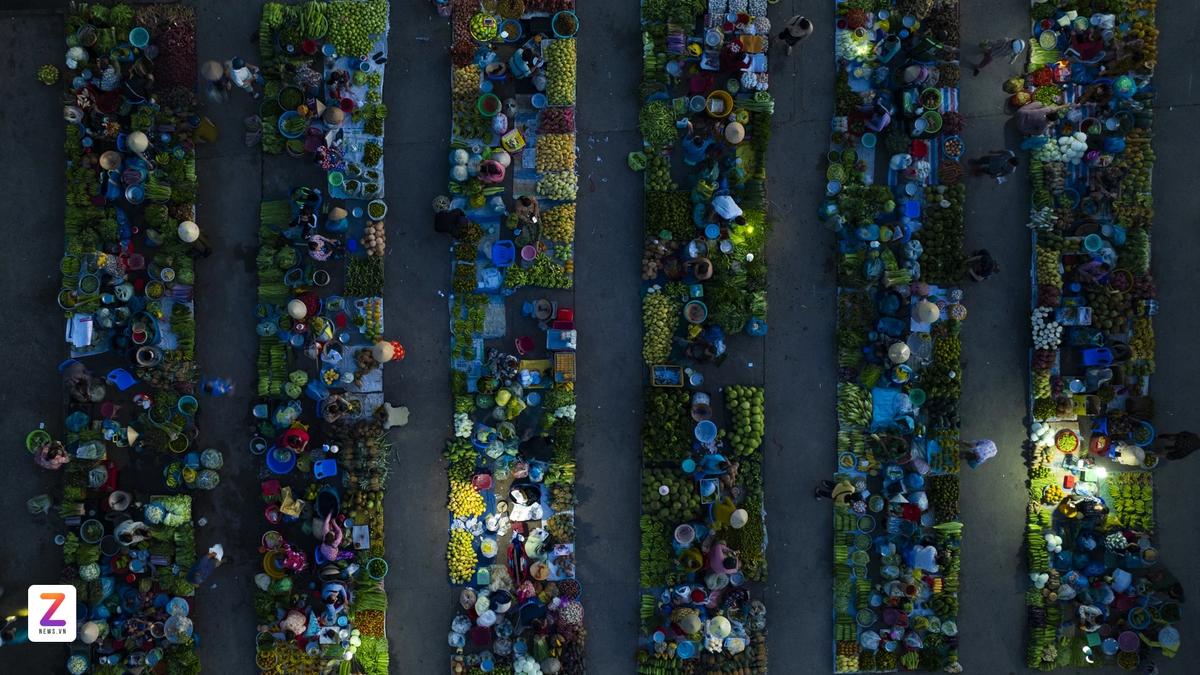


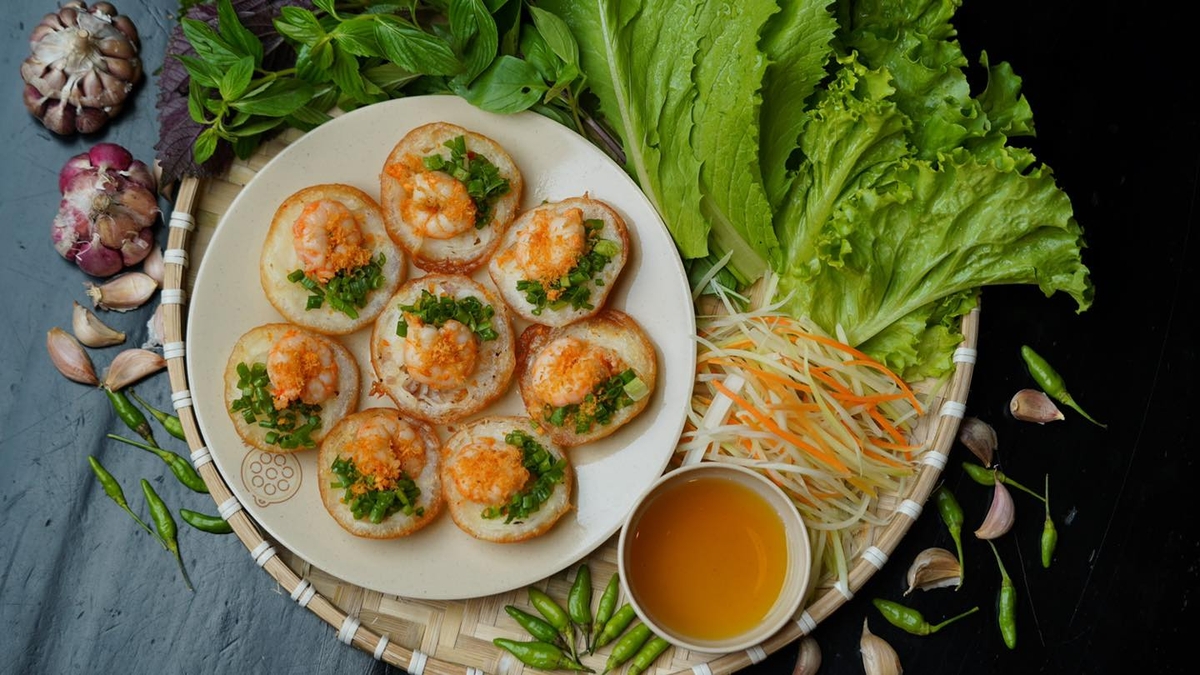
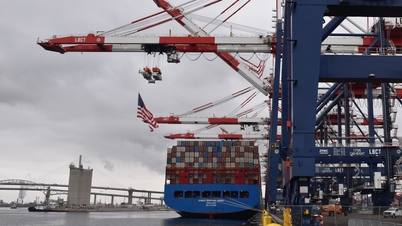
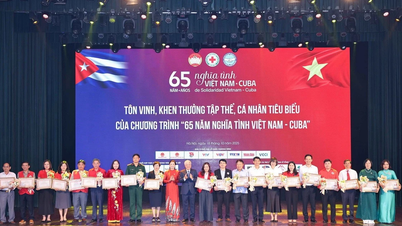
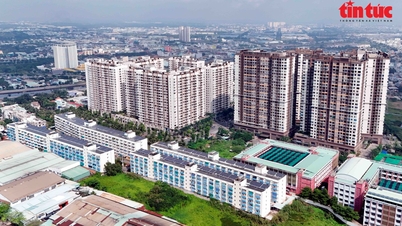
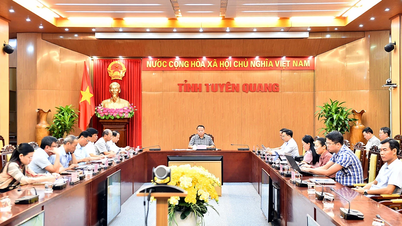

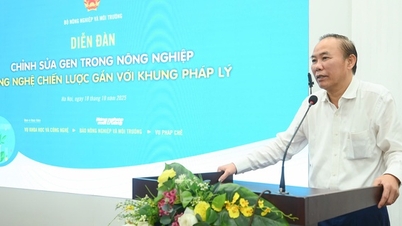

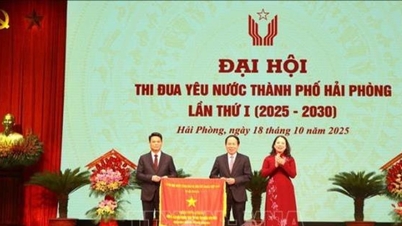



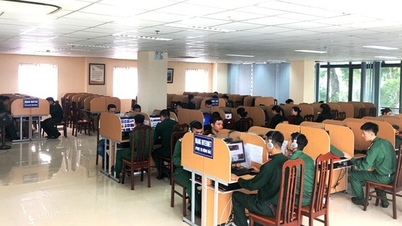
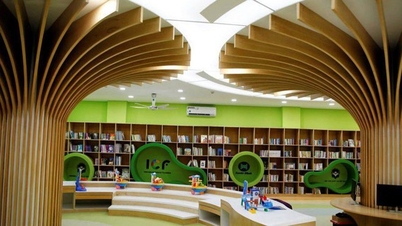
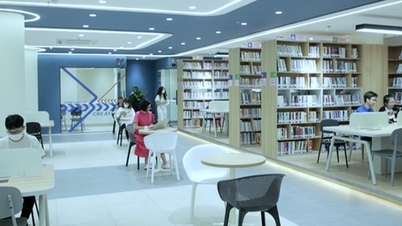
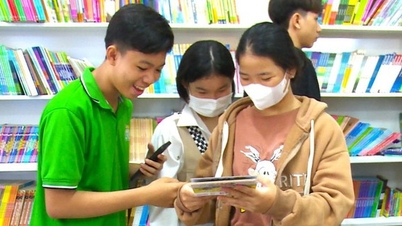

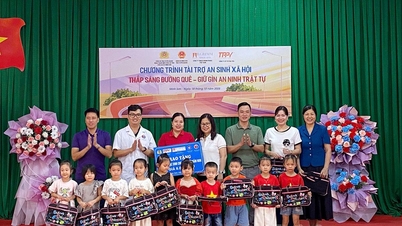
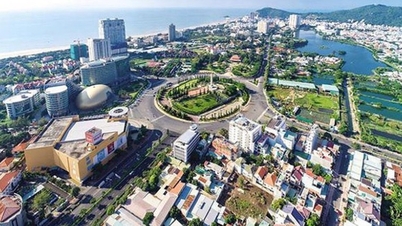

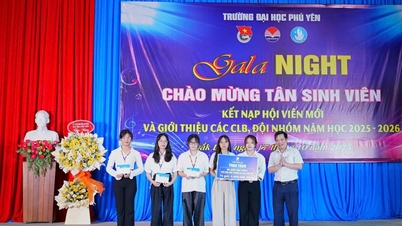

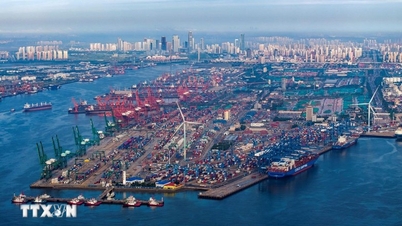


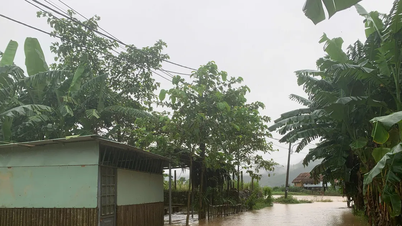

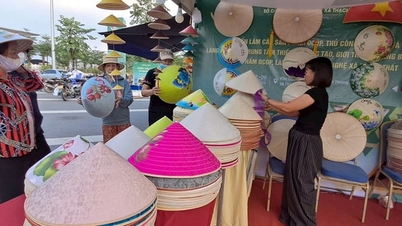

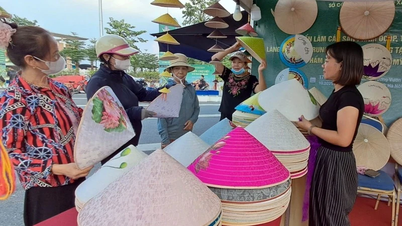

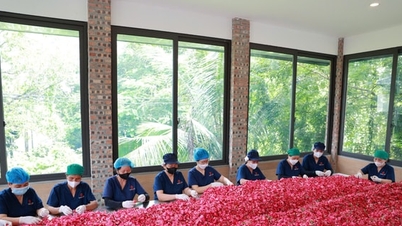
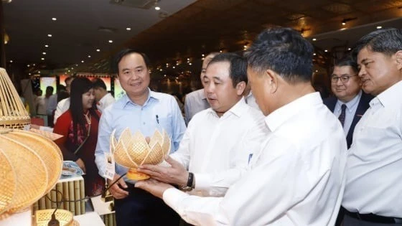

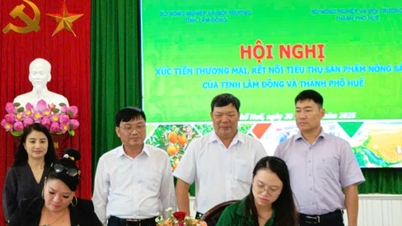

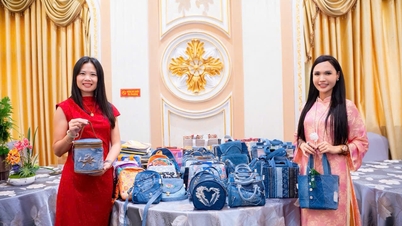


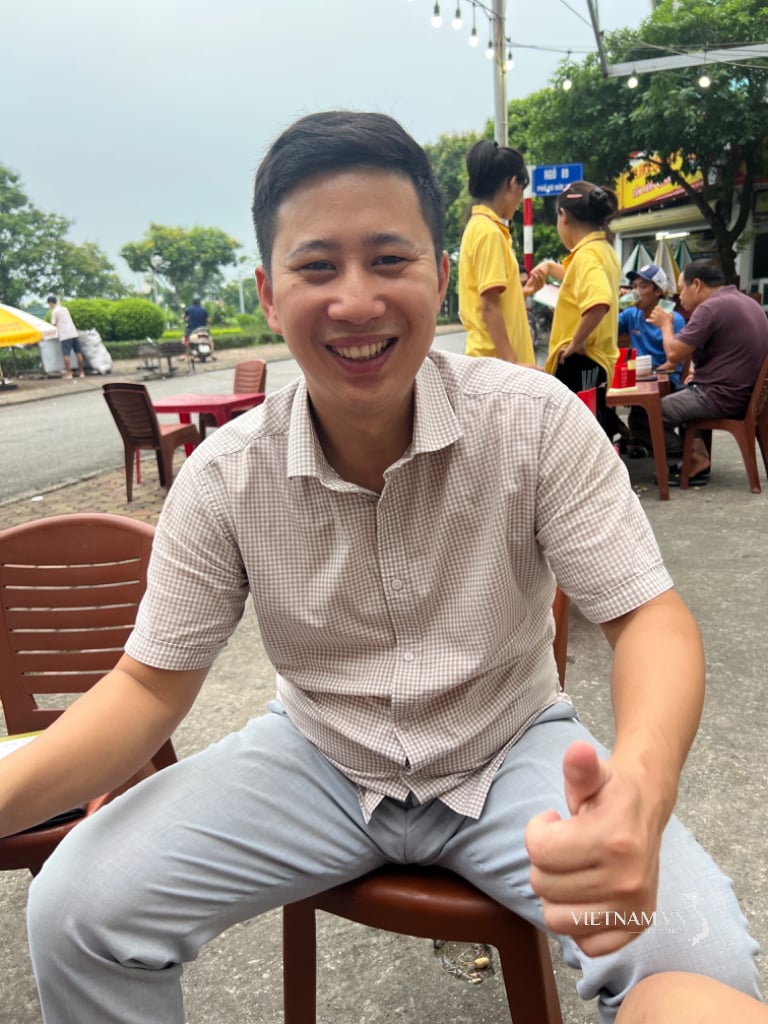


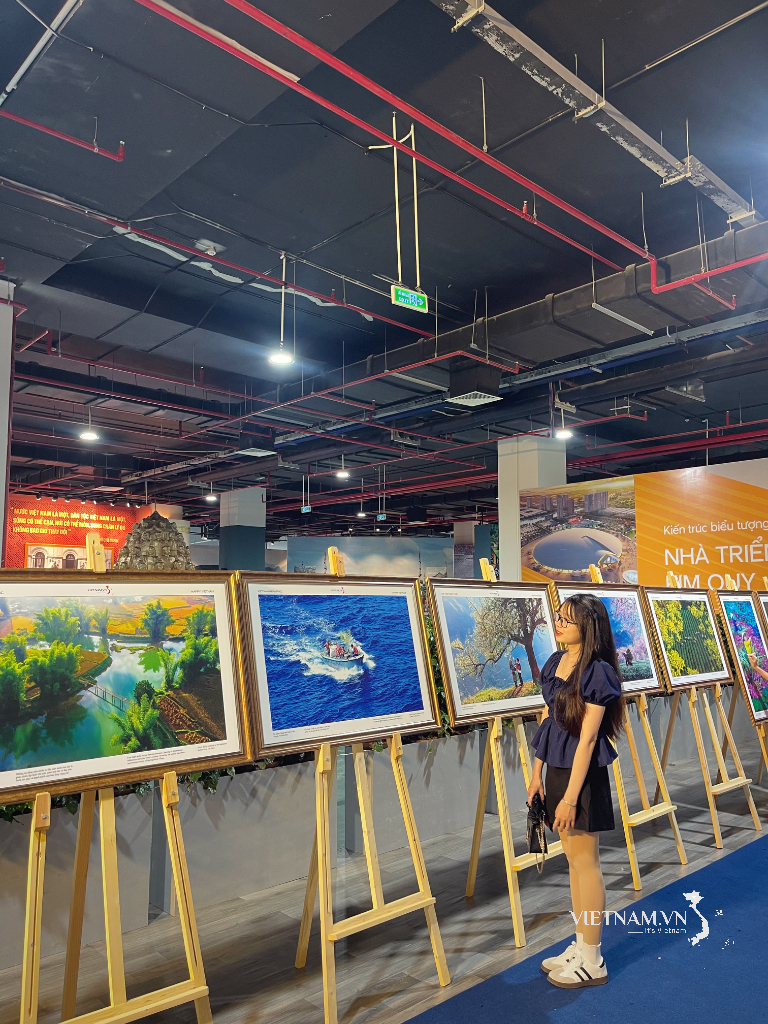
Comment (0)